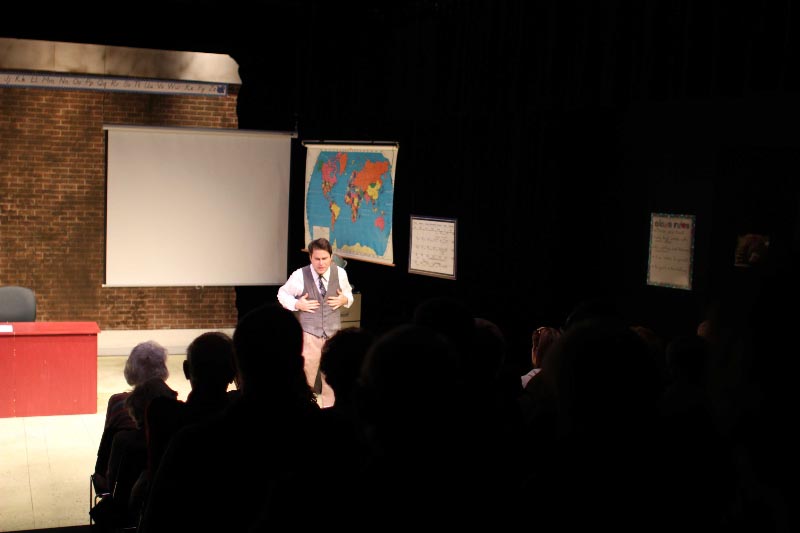Final film best viewed as piece of ‘Rings’ pie
With the resolution of Peter Jackson’s “Lord of the Rings” trilogy after the long-awaited release of “Return of the King,” one of the most expansive and ambitious franchises in cinematic history comes to a close with just as much of a bang as a whimper.
“Fellowship of the Ring” was largely concerned with character development and the forging of Tolkien’s overlying themes. “The Two Towers” was far more slash-and-hack carnage. “Return of the King” attempts rather admirably to weld both elements together while sewing up the last strands of the sprawling narrative.
The results, however, are at times mixed, a little muddled and occasionally magnificent.
As he did in “Two Towers,” Jackson separates his story into a series of separate stories edited together to show simultaneous timelines. Much like “Two Towers,” this works in the New Zealand director’s favor and but occasionally hinders the flow of the film.
For anyone unfamiliar with the film adaptation of J.R.R. Tolkien’s story, “Return of the King” is the final installment in the destruction of the One Ring of power as well as the subsequent – get this – return of a true king to Middle Earth. Tolkien’s characters are again outnumbered and facing great peril while their hopes rest on the diminutive shoulders of a pair of Hobbits alone beneath the bleak shadow of Mount Doom.
Like all of the “Ring” films, Jackson and company take great steps to ensure the book’s authenticity while still changing the story just enough to ruffle the dander of Tolkien purists. Highlights like the giant arachnid Shelob, the madness of Gondorian steward Denethor and the epic battle at Minas Tirith are all included. Characterization and individual story arcs are trimmed away in favor of breathtaking, but somewhat tedious, battles.
After the success of the extended DVD releases of the first two films in the series, it becomes difficult to watch the theatrical cut of “King” without thinking just when and where Jackson will reinsert footage to add mood, context and tone to the existing film. Possible additions cut from the theater version may include the marriage of Eowyn and Faramir, an explanation of the ring of fire worn by Gandalf mentioned only briefly in “Fellowship,” or even further exposition on the future of Arogorn and Arwen.
Concessions must be made to adapt books and Jackson does a wonderful job of distilling much of Tolkien’s emphasis into each film. Despite the monolithic three-plus hour running time, the length of the film is rarely felt, save near the ending when it’s simply a matter of waiting for Jackson to wrap up remaining loose ends.
Though “King” may be an Oscar frontrunner for Best Picture, the true beauty of the series is not in a single film but in the trilogy as a whole. Minor complaints aside, the films were a greater undertaking than ever attempted by Hollywood, and the trilogy may secure a place in history as the most successful film franchise in history.

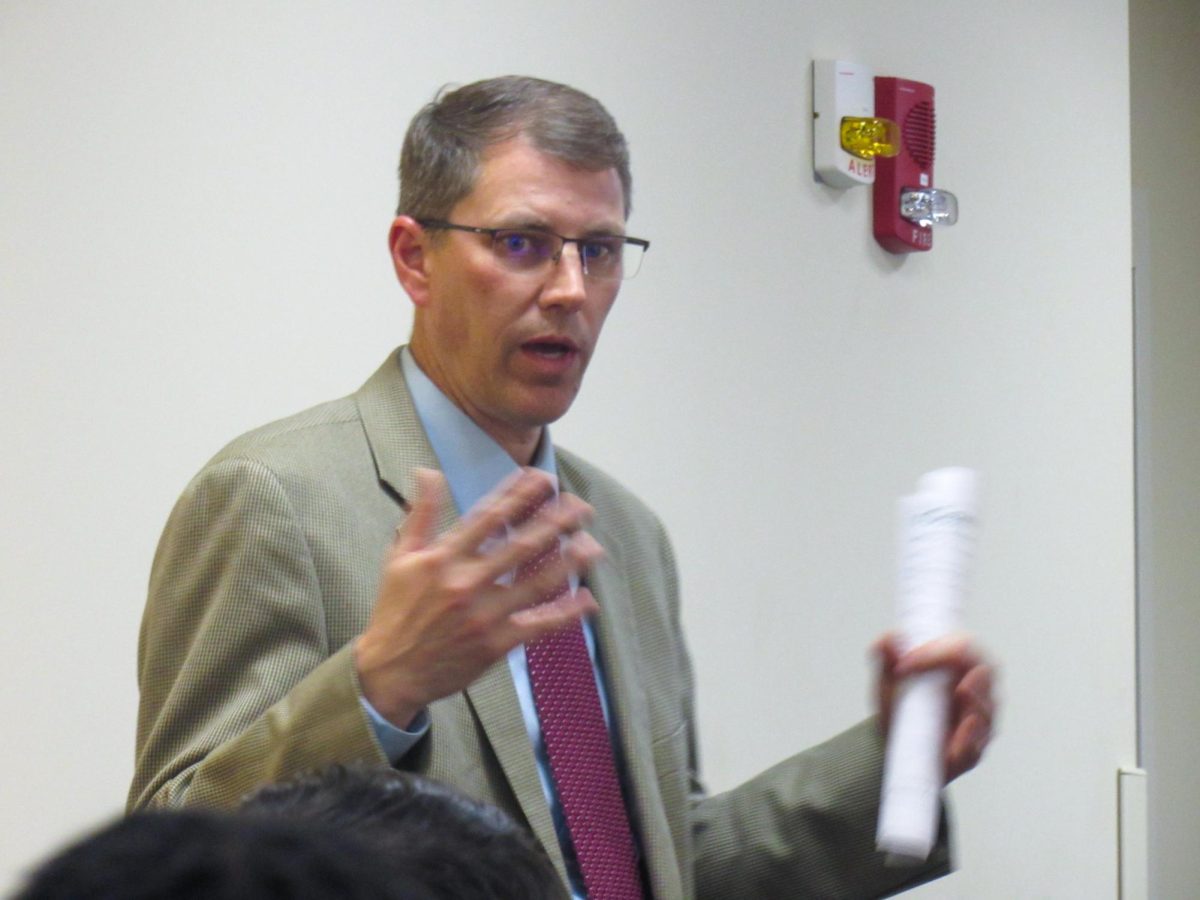
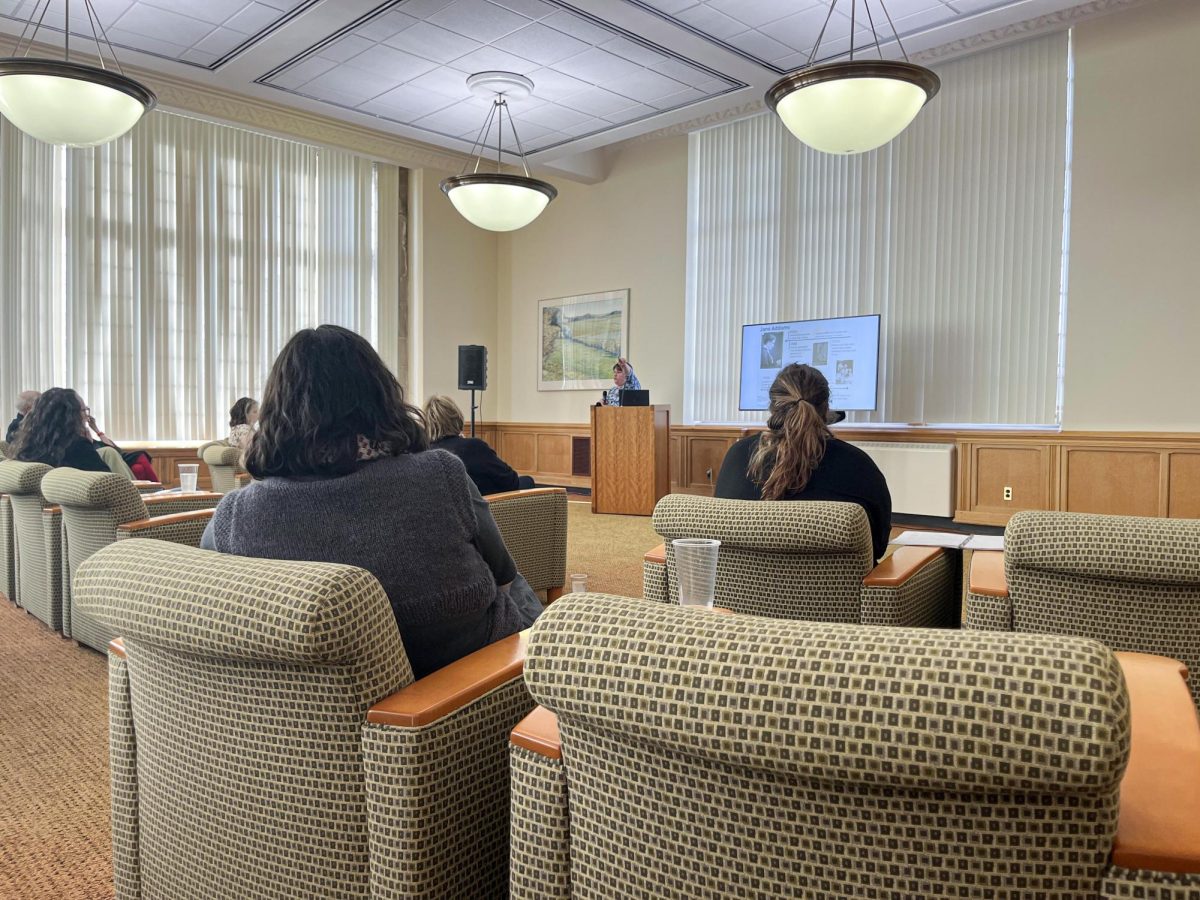
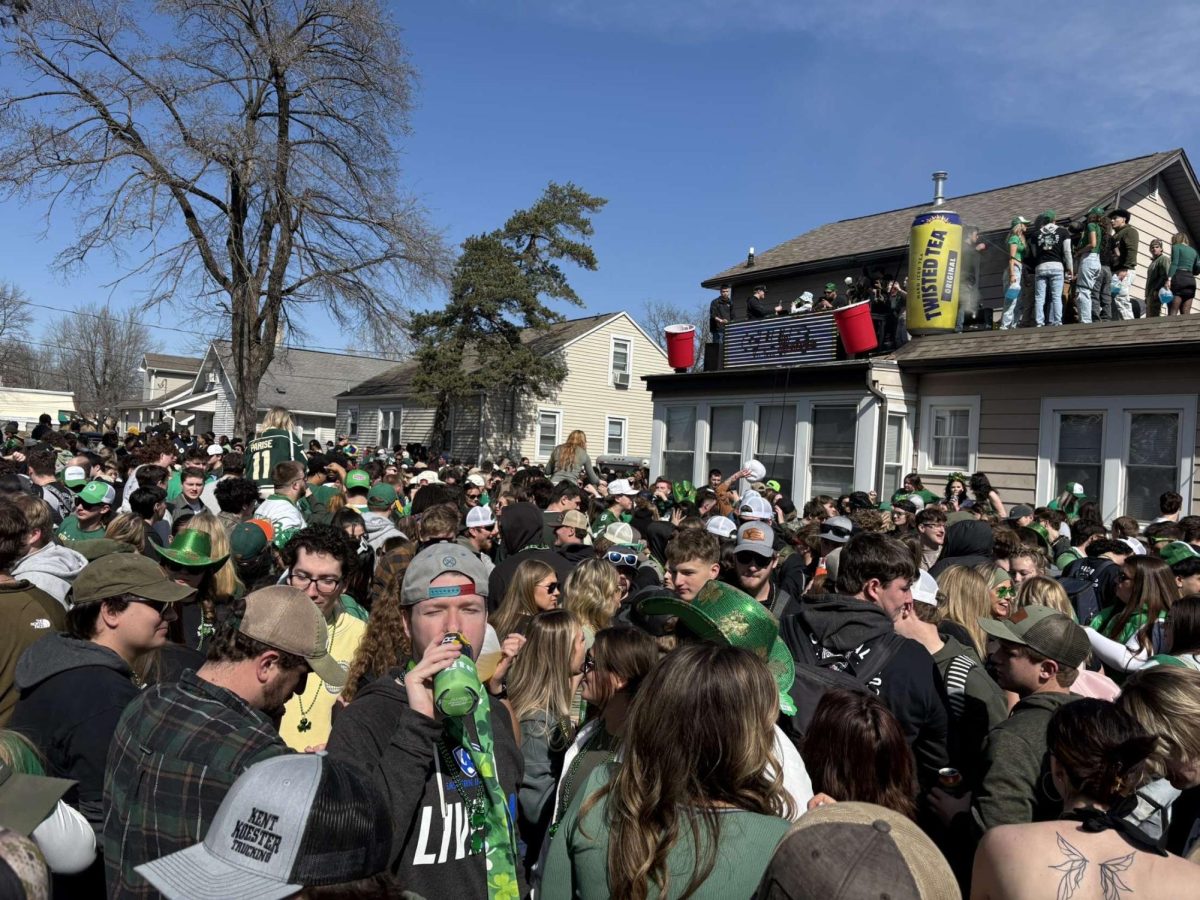

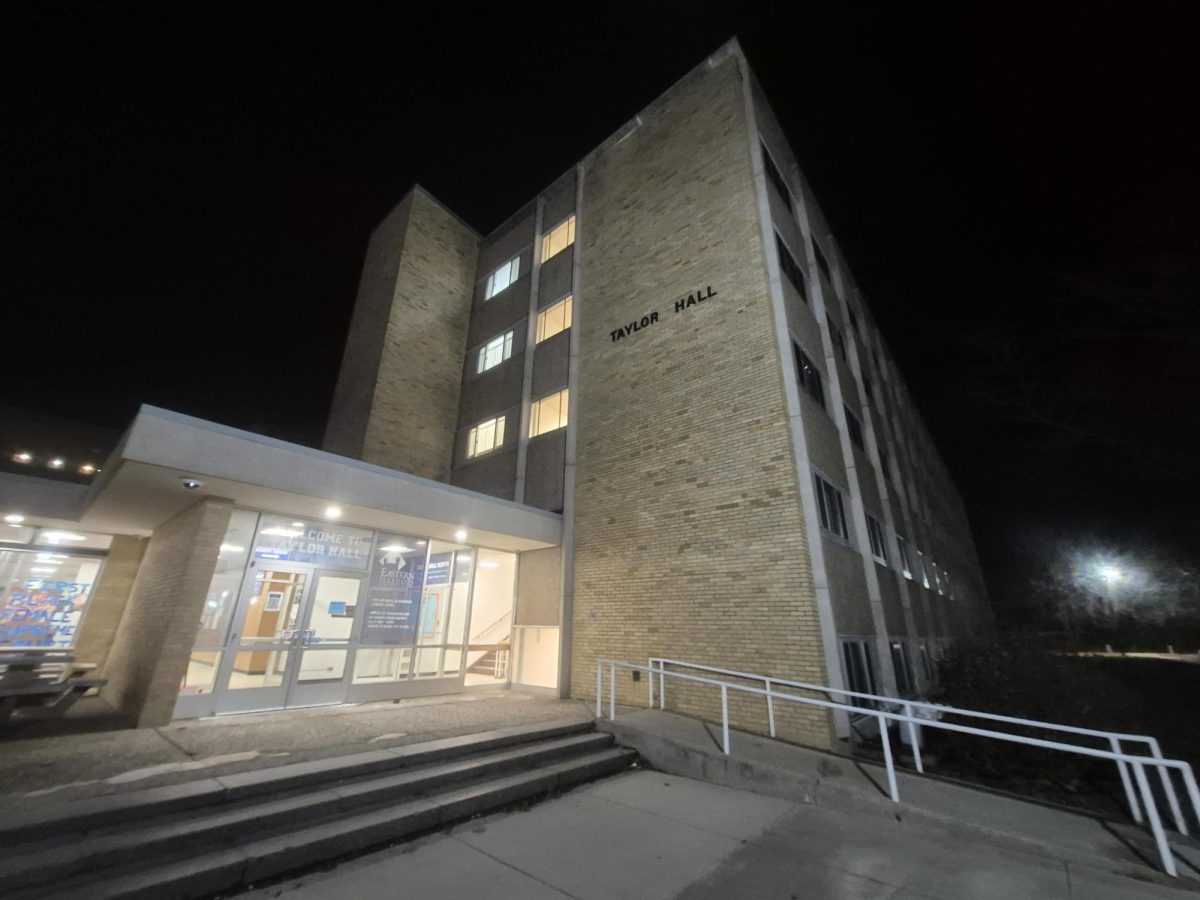


![[Thumbnail Edition] Senior tennis player Luisa Renovales Salazar hits the tennis ball with her racket at the Darling Courts at the Eastern Illinois University campus in Charleston, ILL.](https://www.dailyeasternnews.com/wp-content/uploads/2025/03/Tennis_01_O-1-e1741807434552-1200x670.jpg)



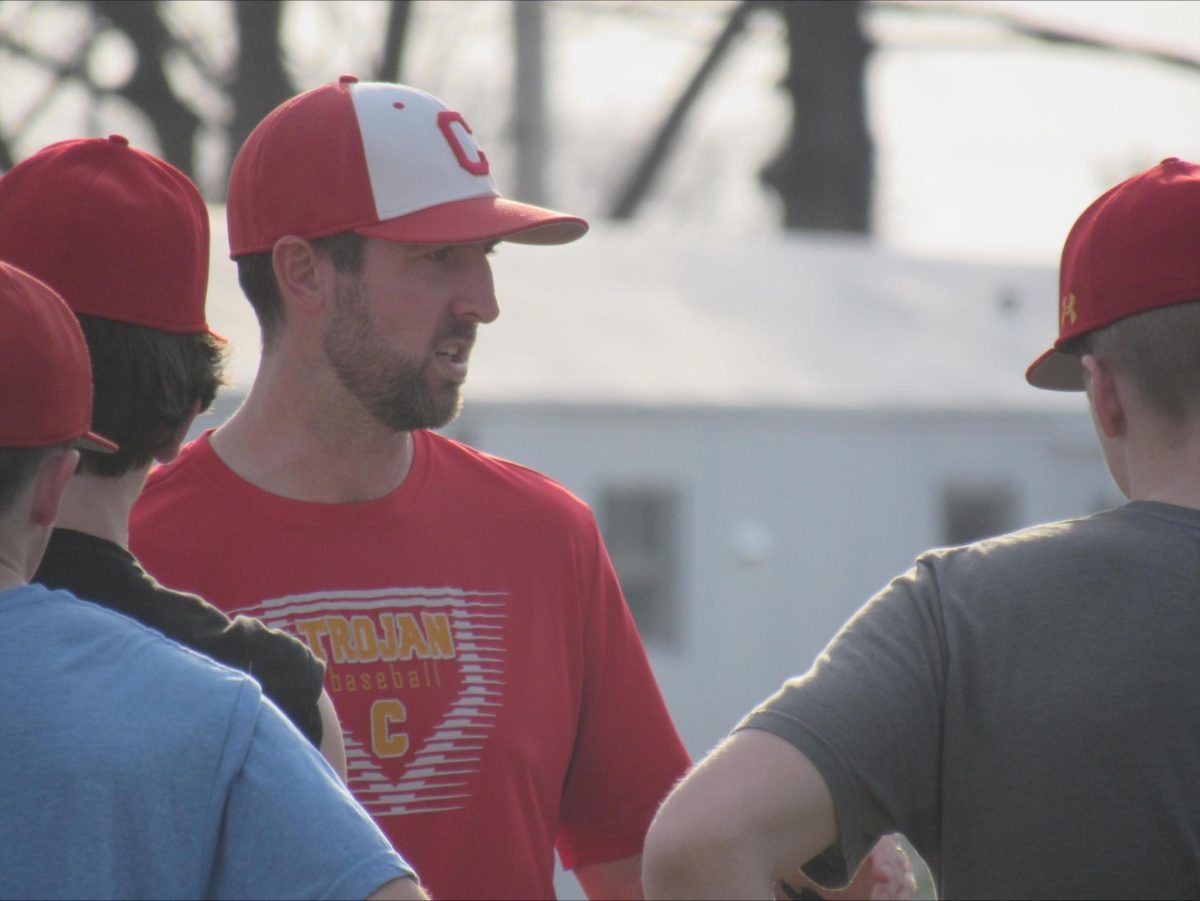
![[Thumbnail Edition] Eastern Illinois University baseball's hitting coach and recruiting coordinator Mike Pugliese urges players on the team to increase their effort after a slow start to its pregame routine at the team's first intrasquad scrimmage of the season at O'Brien Field on Jan. 31, 2025.](https://www.dailyeasternnews.com/wp-content/uploads/2025/03/BB_02_O-1-e1741909628540-1200x702.jpg)



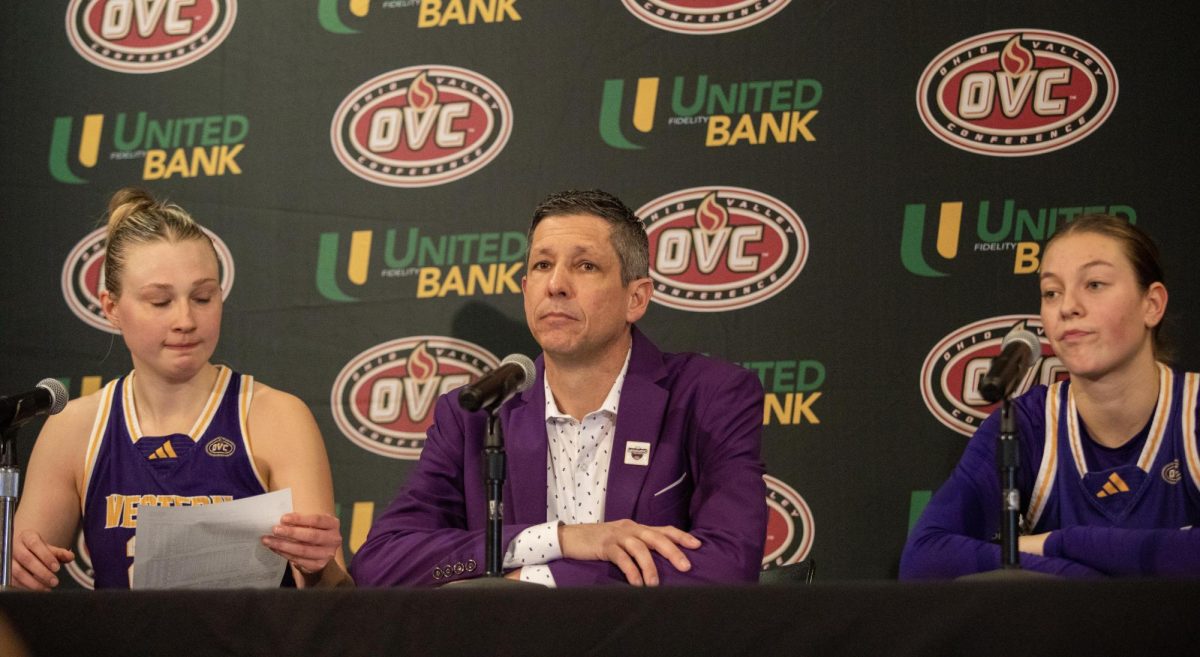



















![[Thumbnail Edition] Senior right-handed pitcher Tyler Conklin pitching in the Eastern Illinois University baseball team's intrasquad scrimmage at O'Brien Field in Charleston, Illinois on Jan. 31.](https://www.dailyeasternnews.com/wp-content/uploads/2025/03/TC_01_O-e1741567955534-1200x669.jpg)
![E[Thumbnail Edition] Eastern Illinois softball freshman utility player Abbi Hatton deciding to throw the softball to home plate in a fielding drill during softball practice at the field house in Groniger arena on Tuesday Feb. 11.](https://www.dailyeasternnews.com/wp-content/uploads/2025/03/SB_03_O-e1741208880750-1-e1741209739187-1200x815.jpg)

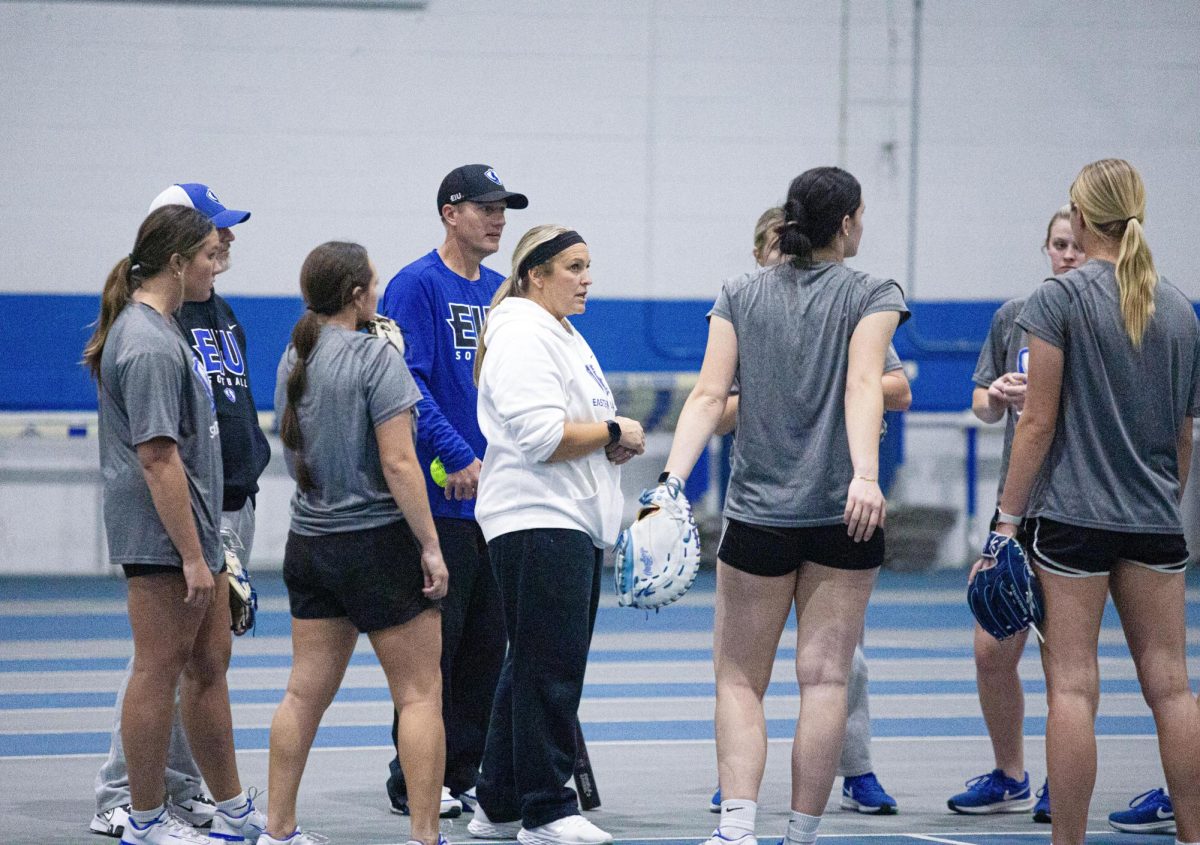











![The Weeklings lead guitarist John Merjave [Left] and guitarist Bob Burger [Right] perform "I Am the Walrus" at The Weeklings Beatles Bash concert in the Dvorak Concert Hall on Saturday.](https://www.dailyeasternnews.com/wp-content/uploads/2025/03/WL_01_O-1200x900.jpg)
![The team listens as its captain Patience Cox [Number 25] lectures to them about what's appropriate to talk about through practice during "The Wolves" on Thursday, March 6, in the Black Box Theatre in the Doudna Fine Arts Center in Charleston, Ill.](https://www.dailyeasternnews.com/wp-content/uploads/2025/03/WolvesPre-12-1200x800.jpg)


